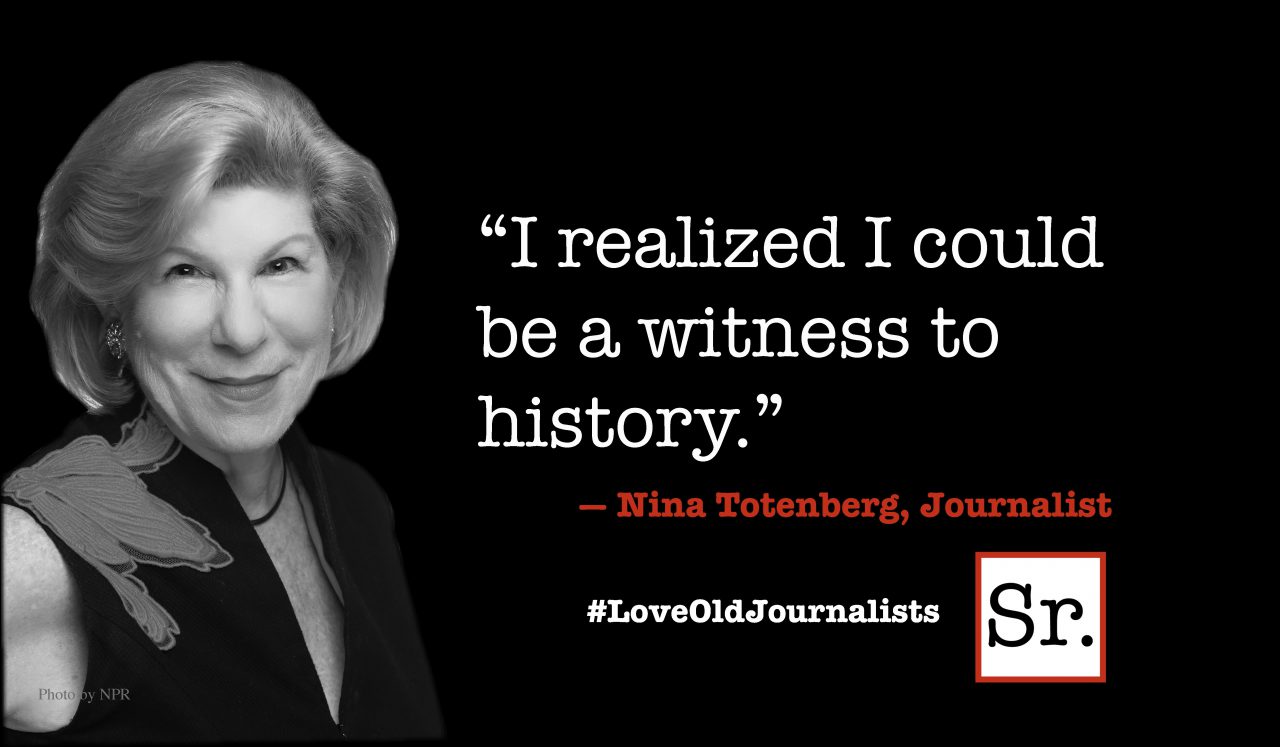For centuries the Pueblo people lived peacefully in what is present day New Mexico. In the 1600s the Spanish explorers came looking for gold and subjugated the Indians enforcing a harsh rule and a new religion.
The Indians did not submit for long. A leader emerged — Popé — a shaman of the Kachina religion in San Juan Pueblo. Missionary officials had flogged him in public for conducting a religious ceremony. Resistance to Spanish rule had built. Popé sent emissaries to the other pueblos and a resistance alliance formed among most of the pueblos.
The time for the uprising was disclosed by a special code. The emissaries of Popé wore a cord tied with eleven knots setting the day to rise up. One knot was to be untied each day until on August 11, 1680 the Indians rose up, burned missions and farms, attacked soldiers and killed those who resisted. the Spanish fled to the Mexican border.
The Pueblo people tore down the mission churches and returned to their own religion and customs. But Popé, too, ruled harshly. He ordered that every vestige of the Spanish rule including crosses and churches — even fruit trees planted by the Spanish — be destroyed. Resistance was punished harshly even by death. Popé disappeared but may have lived obscurely in Taos.
The Spanish returned in 1692, subjugated the people once again, but ruled less harshly.
In time Spanish oppression became Mexican oppression. When the U.S. defeated Mexico in 1848 the oppression continued under the U.S. During the Teddy Roosevelt administration the government appropriated 48,000 acres of the Taos Pueblo including their sacred Taos Mountain and Blue Lake.
After years of petitioning this injustice was finally reversed by the Nixon administration in 1970. Fellow writer and Beatitudes resident, Mary Louise King, described how the documentary film produced by her and her husband, "The
Water is so Clear a Blind Man Could See," may have helped in that cause. She still enjoys the friendship of Taos people.
Today the Taos people still live peacefully and practice the religion of their choice — usually a blend of their native religion and Catholicism.
ACKNOWLEDGMENT
This account is based in part on information in two Internet sources:
“The 1680 Revolt of the Nineteen New Mexico Pueblos,” Native American History, Suite 101
“The Pueblo Revolt,” Wikipedia, the free encyclopedia








